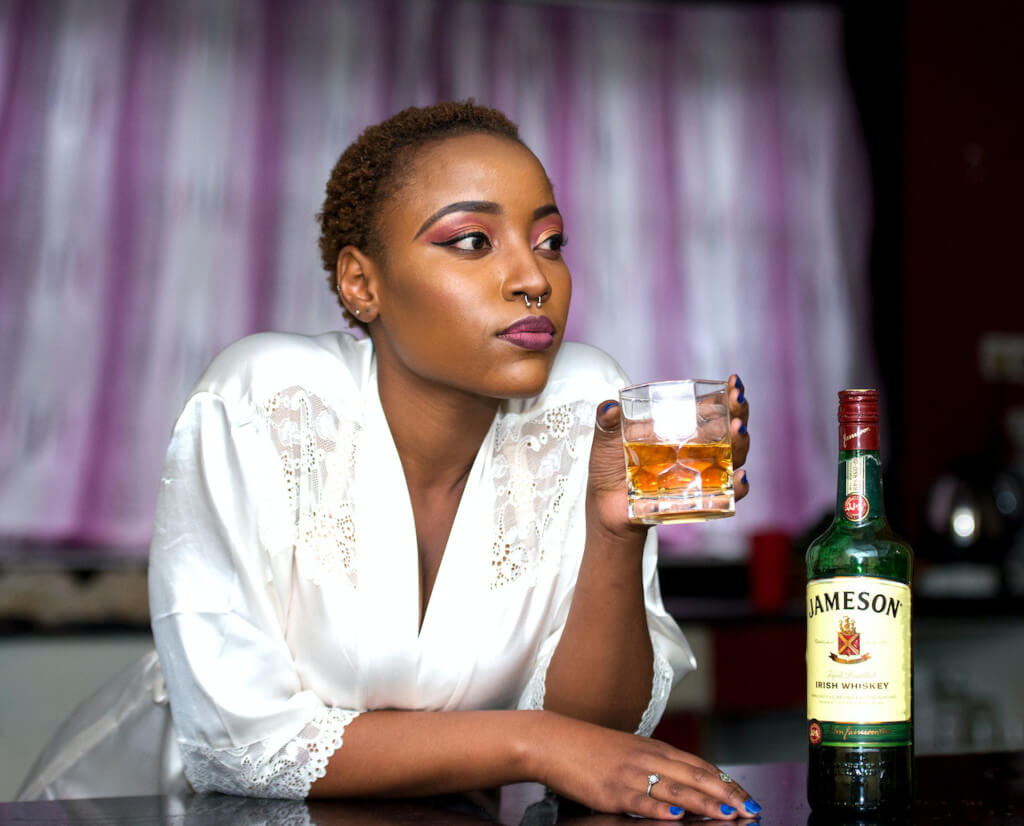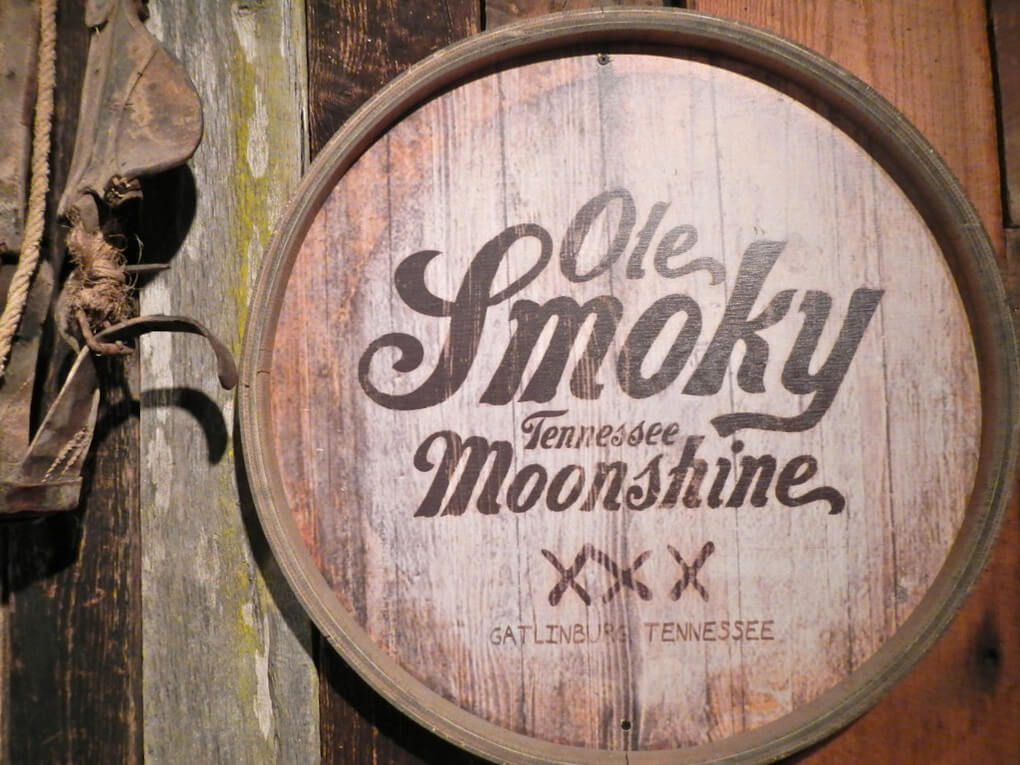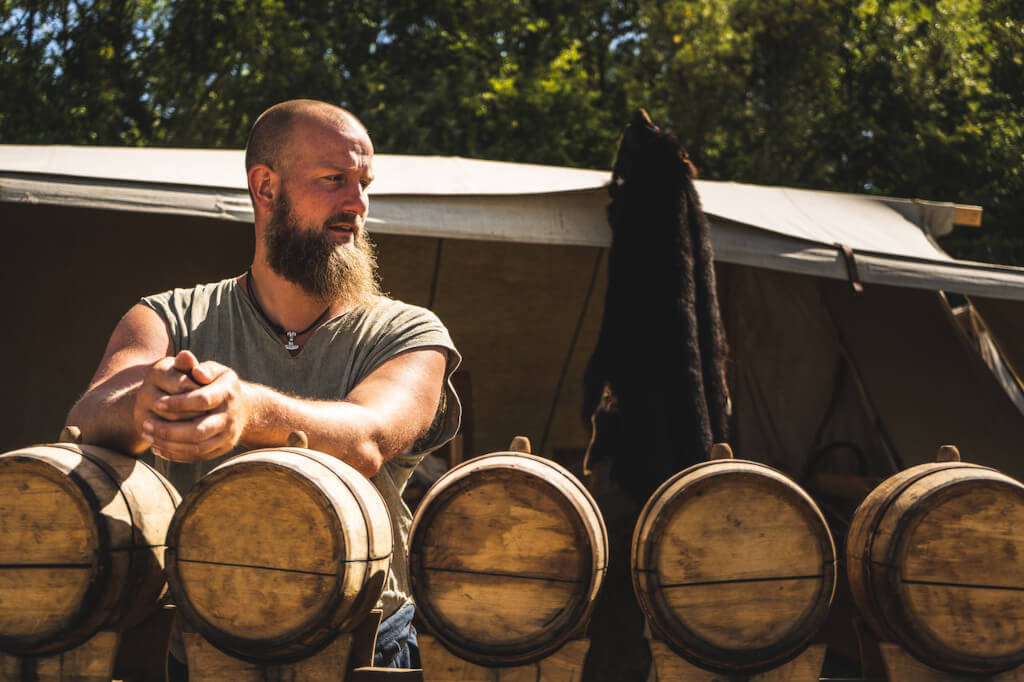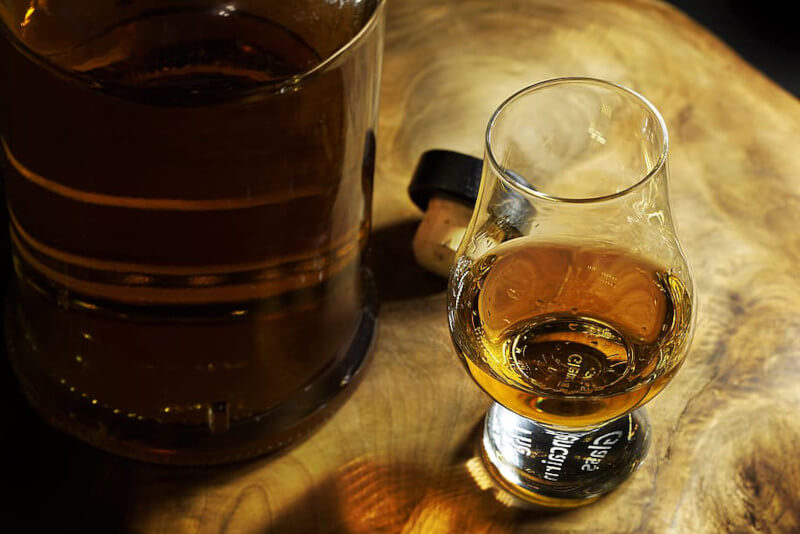Like other trailblazers, women in the whisky industry had to overcome obstacles. Join us as we toast their achievements and learn the ropes of a competitive field.
The First Scotch Whisky Distilleries
One such work is Nc’Nean by Annabel Thomas. This small-batch distillery on Scotland’s western coast is a pioneer in sustainability thanks to its use of organic Scottish barley and its dedication to renewable energy, as well as the fact that it bottles its Scotch in the first ever 100% recycled clear glass bottle.
Not surprisingly, given that two of Nc’Nean’s three distillers are female, the ancient Gaelic goddess Neachneohain served as an inspiration. Like Nc’Nean, she was able to forge her path thanks to her strong will and sense of autonomy, and she eventually became revered as the Queen of Spirits and a fierce protector of the natural world. The perseverance and willingness to try new things have paid off. The first bottle was auctioned off for charity in October of 2020, bringing in a staggering £41,004 and easily smashing the previous world record of £10,000. To have competed with such a rare whisky was a huge feat, and our own The Devil’s Keep shattered the record with a $60,000 sale a few months later.
This warmer reception benefits more than just the new enterprises. In 2019, Kirsteen Campbell became the first woman in The Macallan’s 200-year history to hold the position of Master Whisky Maker. Of a team of six Whisky Makers, three are female.
If you go back a century, you’ll also find that a woman came up with the most well-known expression of The Macallan. Before Ireland’s Emerald Isle, the most expensive whisky in the world was the 1926 Macallan, created by Janet Isabella Harbinson, best known by her nickname, ‘Nettie’. She became the owner of The Macallan after her father, Roderick Kemp, who ran it from 1892 until 1909, passed away. After her husband’s passing, she was faced with the difficult decision of whether to continue operating the business or sell it. As a result of her fearlessness in the face of adversity, whisky lovers around the world may have something to toast to.
Women and Irish Whisky
Women are making strides throughout all segments of the alcohol industry, not just the Scotch sector. As demand for Irish whisky has increased, several new distilleries have emerged, creating more job possibilities for locals. Thirty years ago, Helen Mulholland became the first woman to hold the position of master blender at an Irish distillery. At the time, there were only three distilleries in all of Ireland. Today, however, with more than 40 distilleries serving the Irish market, the industry has expanded and diversified in many ways. Women like Katherine Condon of Irish Distillers and Alex Thomas, Master Blender at Bushmills, have been responsible for producing some of the finest Irish artisan whiskies in recent years.
Maker’s Mark And Margie Samuels
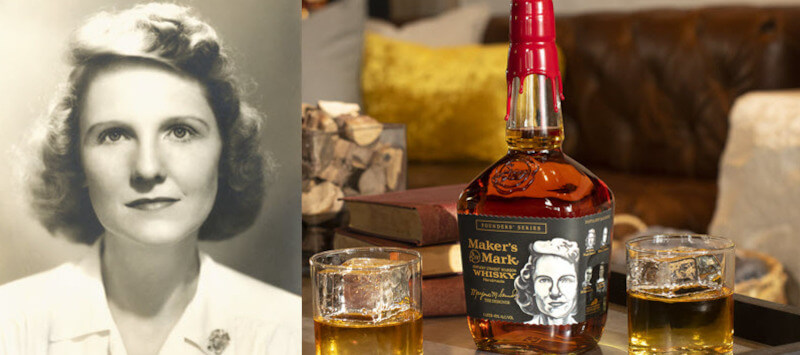
It’s impossible to talk about Maker’s Mark without mentioning the amazing Margie Samuels. The brand’s name, bottle aesthetic, logo, and identifying red wax dip were all conceptualized with her input. Samuels aided the expansion of the bourbon tourist sector by refurbishing the Star Hill Campus and making the distillery open to the public.
Margie was the marketing genius wife of Maker’s Mark’s founder, Bill Samuels Sr. Margie and Bill collaborated to create a recipe for a fantastic bourbon whisky, and Margie’s branding ideas have made the company what it is today.
She did this by designing a vintage label for their collection of whisky bottles, which was inspired by a nineteenth-century apothecary bottle they owned. In addition, she came up with the idea for the now-iconic red wax mark used to verify the authenticity of Maker’s Mark. Bill gets the credit for getting people to buy a second bottle of Maker’s Mark, while Margie gets the credit for getting them to taste it for the first time.
The Legacy of Margie Samuels
Margie was a game-changer in the history of Bourbon and a pioneer for women in male-dominated sectors in Kentucky, so it’s no surprise that she was inducted into the Bourbon Hall of Fame. Not only was she the first inductee from the distilling sector, but she was also one of the first women overall. With her groundbreaking ideas and designs for Maker’s Mark, she forever changed the face of whisky packaging.
Bessie Williamson, Owner of Laphroaig
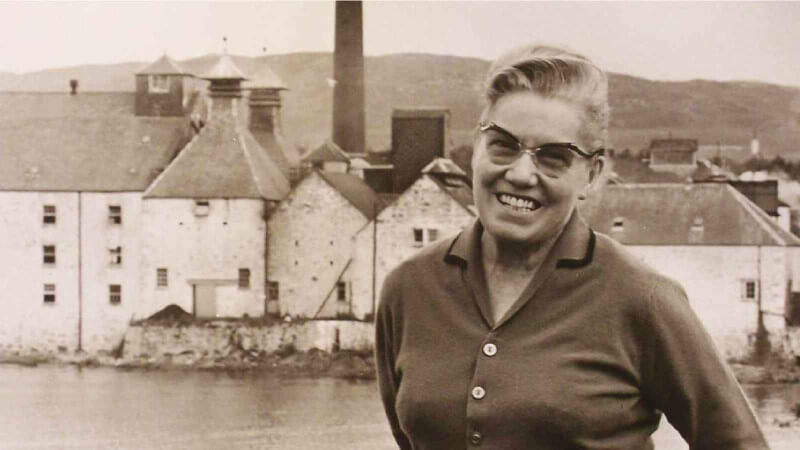
Despite being the only woman in history to own and operate a distillery in the 20th century, Bessie Williamson was not always a powerhouse in the whisky business. She spent the summer of 1934 in Islay with a friend and applied for work as a shorthand typewriter at the Laphroaig whisky factory after her clerk father was killed in World War I. After a while, she stayed put.
After quickly climbing the ranks, she became Laphroaig’s office manager and, after owner Ian Hunter’s stroke in 1938, the company’s second in command. In his will, he left her £5,000, the distillery, and the tiny island of Texa when he died in 1954.
Once production had increased under her watch, she sold the distillery to the American company Long John Distilleries to pay for an upgrade in machinery. She kept Laphroaig’s sterling reputation intact and guided the distillery through tough economic times, earning her widespread respect on the island.
Elizabeth Cumming, Owner of Cardhu
At the turn of the nineteenth century, Elizabeth Cumming, the feisty owner of Cardhu, gave the land to William Grant to expand the distillery’s production capacity by a factor of three. Twenty years later, she sold the business to John Walker & Sons. This distillery is where the “Johnnie Walker” Blend got its start. Without the work of countless other powerful women, there would be no Single Malt, Whisky, or Bourbon as we know it today. Therefore, it shouldn’t come as a surprise that many of the most fascinating jobs in the Whisky sector are currently held by women.
Georgie Crawford, who has led Lagavulin for the past seven years, has been named project manager at the famed distillery Port Ellen, which may reopen. Since she was reared in Port Ellen, she is well-versed in the town’s culture and whisky.
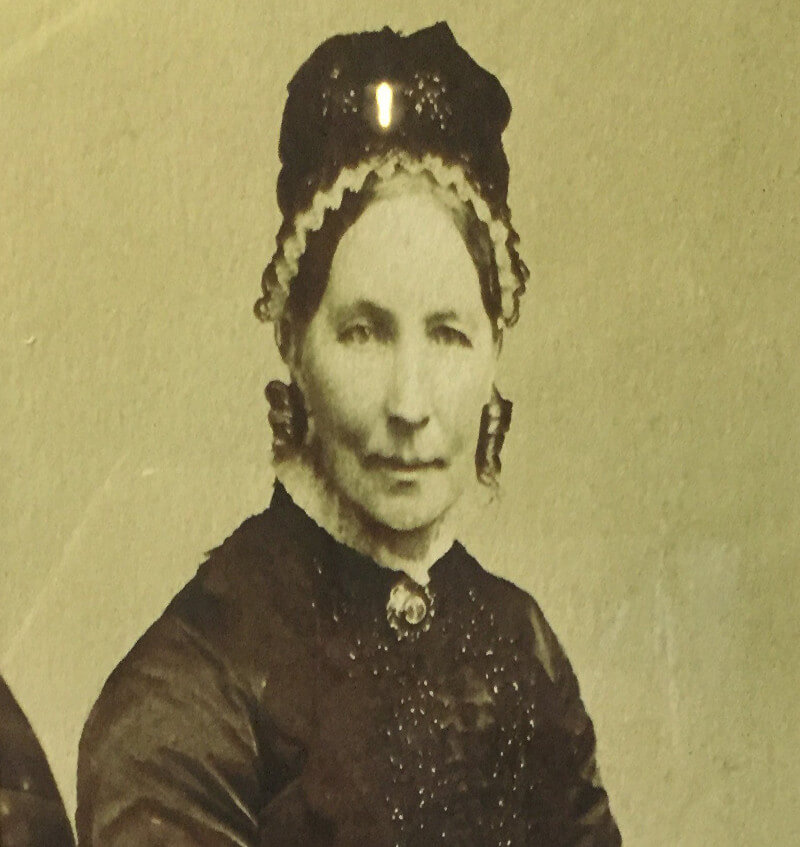
Increasing numbers of Whisky enterprises are being handled by women, and a growing number of Whisky blogs are written by women. The blogs produced by women on whisky are less technical than those written by men. It’s not the product’s shelf life or production methods that are at issue here, but rather the people’s backstories, goals, and experiences. Attracting more women to the pastime and reminding them that ladies have always had a place in the whisky world requires acknowledging this hitherto overlooked perspective on whisky.
Women Have Been Crucial to the success of the Whisky Industry
Margie Samuels, co-creator of the Maker’s Mark brand, and Bessie Williamson, the only woman to own and operate a distillery in the whole twentieth century, are just two examples of the trailblazing women who have made significant contributions to the business. As more and more women take charge, create their own companies, and make their mark in the whisky industry, the future looks bright. We raise a glass to the trailblazing ladies who came before us in the whisky industry and raise a glass to their accomplishments.


